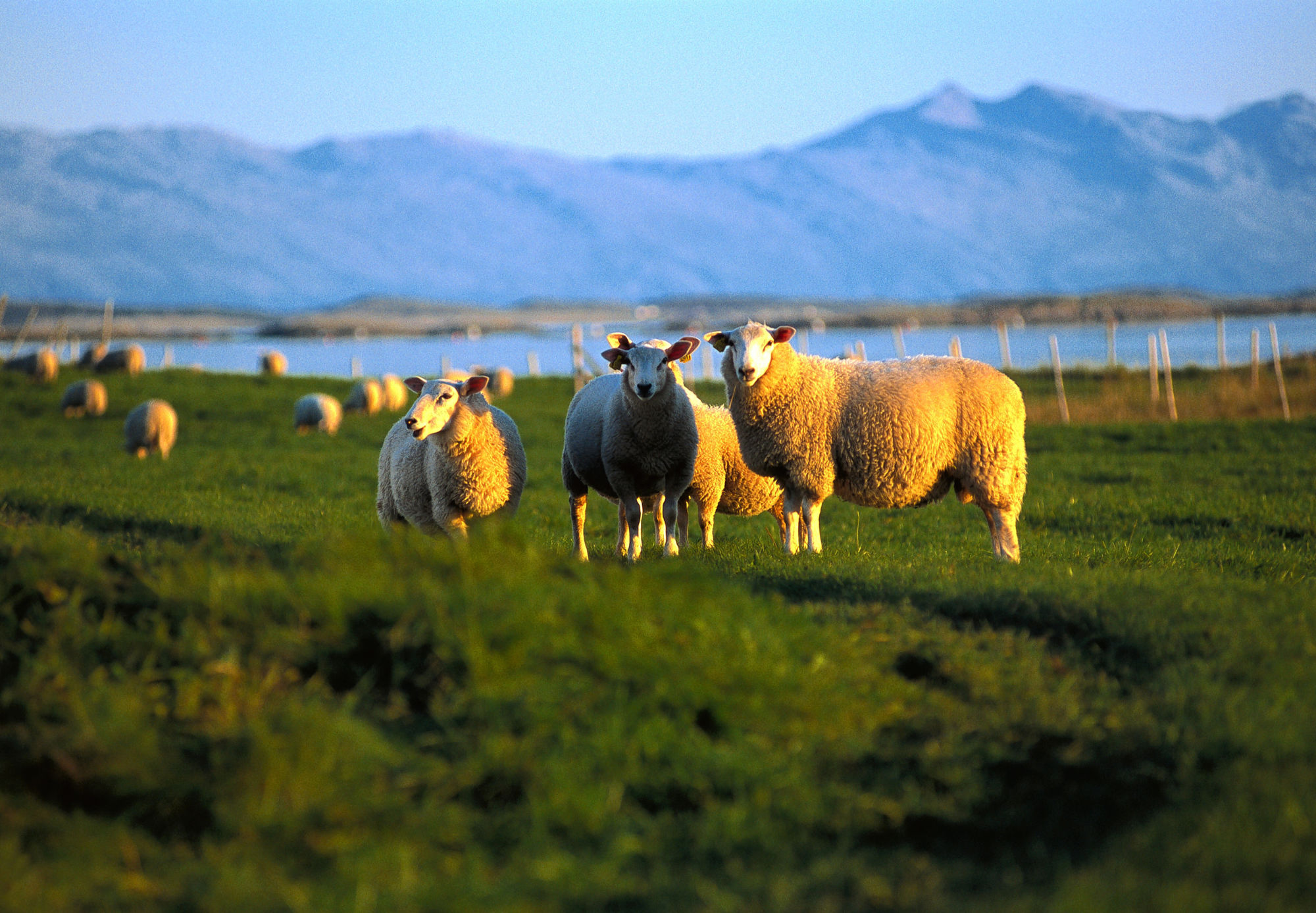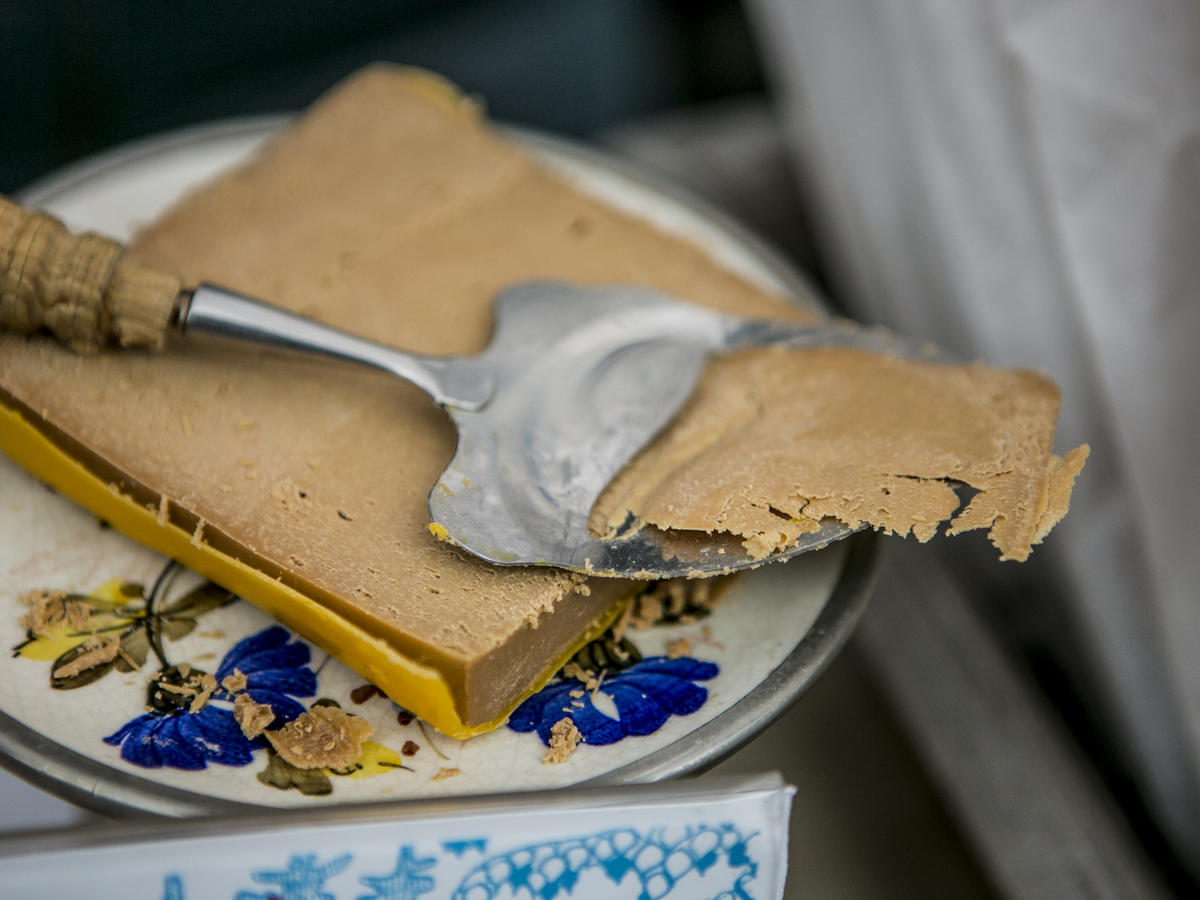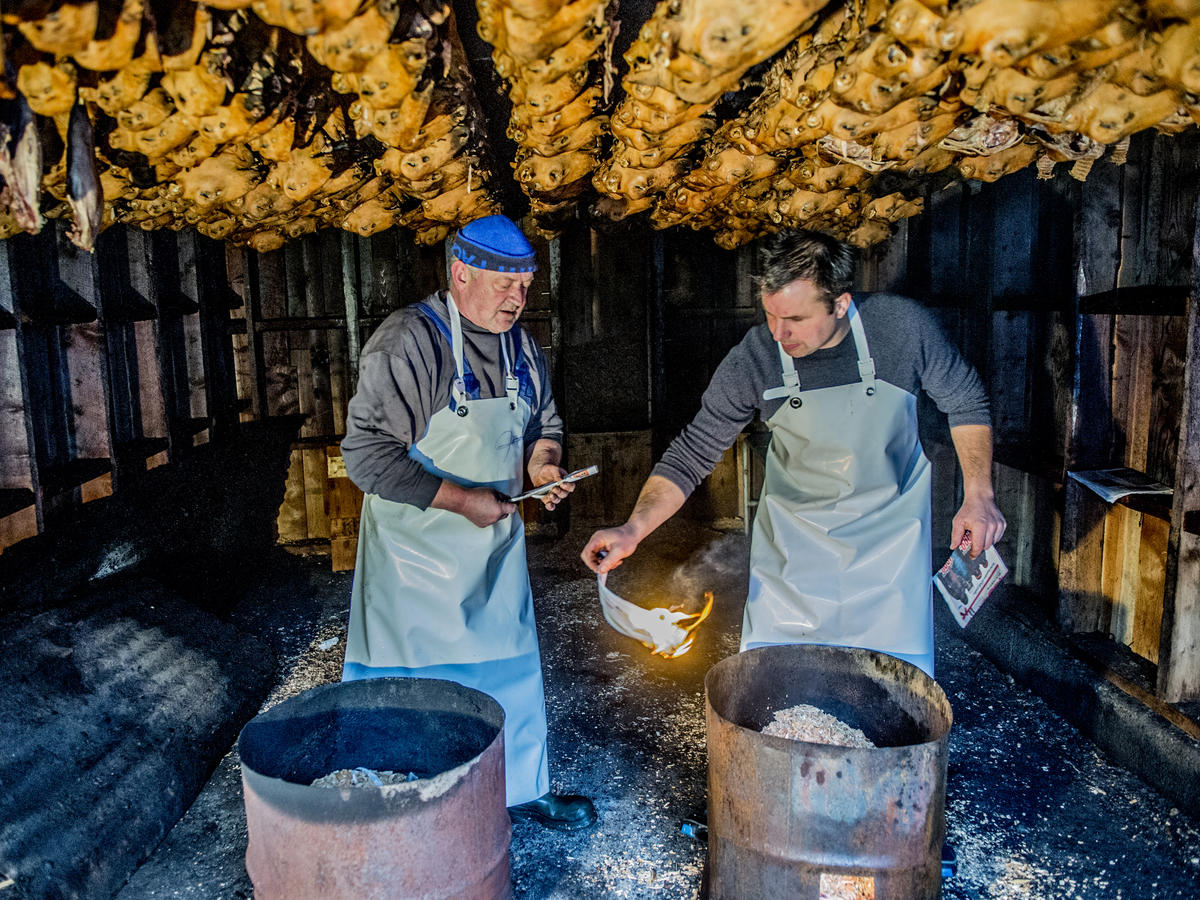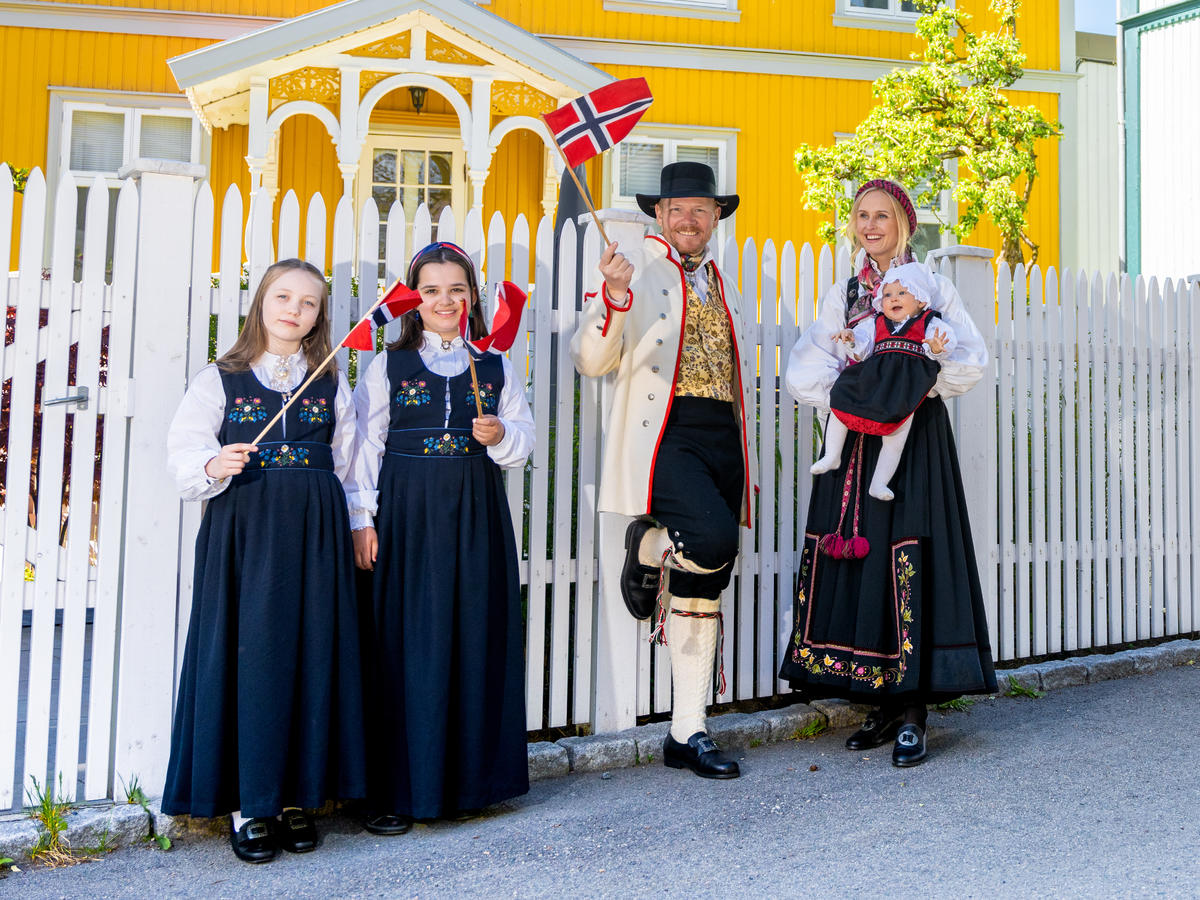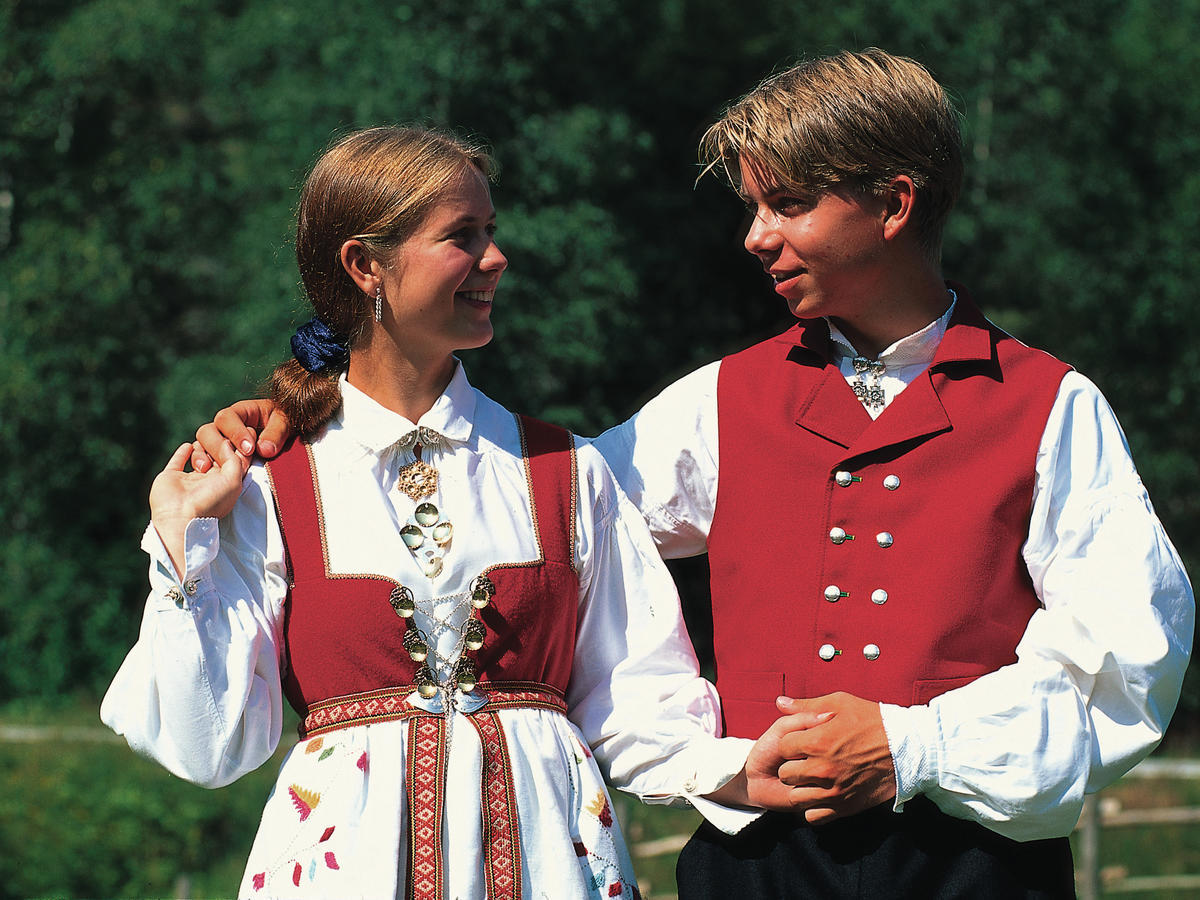When visiting Norway for the first time, you will definitely come across certain objects, food, names, expressions that you will find a bit peculiar. But in many ways, all these peculiarities define the Norwegians for who they are. To better understand who we are, and why we behave the way we do – here is a list of stuff that in many ways define us.
Foodstuff
Matpakke (Lunch Box)
Norwegians are famous for their modesty. For instance, when people have lunch, they rarely go out to a café or restaurant, they do not drop by a bakery, they bring their own lunch. If you peep in through the window any morning in any house, you will witness a man or woman in hectic and quick movements preparing a whole line of sandwiches and wrapping them in a special kind of paper. The matpakke consisting of slices of whole grain bread, open faced, with a slice of cheese or simple piece of meat.
Ostehøvel (Cheese slicer)
One of the greatest Norwegian inventions – The Ostehøvel is beautiful in its simplicity, a lovely and convenient tool when it comes to cutting the cheese into thin and delicate slices. The Ostehøvel – containing the mysterious letter ‘ø’ – is one of few Norwegian inventions, invented in 1925 by the Norwegian carpenter Thor Bjørklund from Lillehammer. After years of frustration in trying to cut the cheese in delicate pieces when using his knife, he got this magnificent idea of transferring the favorite carpenter tool, the wood planer, to a tool for every woman and every man, child or adult, to ease their troubles at the breakfast table. There you go – the Ostehøvel – make sure you don’t leave Norway without one or three of these.
Brunost (Brown goat cheese)
Brunost is a tan-colored whey cheese with a distinctive caramel flavor. The production process is simple. The water from the whey of goat’s milk is boiled down, which caramelizes the sugars. The resulting gloop is left to cool and there you go! – brown cheese. It is cut in blocks, wrapped and can be eaten (and by some, enjoyed) immediately. You either love it or hate it.
Kvikk lunsj (Quick lunch)
Norway’s number one outdoor chocolate! This iconic chocolate has been in production since 1937. It consists of biscuits covered with chocolate and is your ideal skiing/trekking companion. At least – to the Norwegians. The expression ‘kvikk-lunsj-tracks’ when describing perfect skiing tracks is commonly used, indicating the shape of the 4 stripes of the chocolate. A blind-test of Kvikk lunsj and the similar international version Kit-Kat in The Guardian 2017 proved that the Norwegian version is the best, see the results here.
Smalahove (Sheep head)
You have been warned: Smalahove is a Western Norwegian traditional dish made from a sheep's head, originally eaten before Christmas. It is considered by most people to be unappealing or even repulsive. It is mostly enjoyed by enthusiasts and is often served tourists.
Vinmonopolet (The wine monopoly)
Both Sweden and Norway share the same destiny of living in an Alcohol Regime sustained by the Wine Monopoly. These have limited opening times and there aren’t many of them, they are always closed on Sunday's, like most other Norwegian stores. But over the years we have learned to roll with the punches and we have actually achieved some kind of affection for The Wine Monopoly. The reason for this is the selection is good and the expertise is really good. However, lager/pilsner is still sold in normal food shops.
Living
Hytta (the Cabin)
Hytta is my castle! Hytta – The cabin – is as sacred to the general Norwegian as the castle is to the King and Queen. The Norwegians have a need, maybe more than any people in the western world, to get away from everything – to seek refuge up in the mountains– far away from everyone and everything. During the 1960s and 1970s, the typical cabin was mostly built without electricity, no water and with a separate outdoor toilet house. But why? Maybe it was some kind of self-imposed punishment for unrighteous sins committed as Vikings … what do we know?
Of course, later the Oil changed our nation and the general income of Norwegians increased, therefore many of the cabins today look like castles competing with the house of the Royal Family. But still – The Hytta is really important and part of our DNA. Seriously.
To further explore this peculiarity, and to get a glimpse of the Norwegian melancholic soul, dig into this video on Youtube, performed by the Norwegian famous comedy duo, Ylvis brothers:
Dugnad (volunteering for the community)
The Norwegians are private – but we want to believe that we are generous and willing to help other people if needed. Enter the concept of dugnad. Dugnad is based on voluntary communal work, where a small group of people comes together to get a job done. Nice, isn’t it?
Kø (Queuing)
We apologize for this: The Norwegians are known for being notoriously bad at queueing. We are not good at this: Standing in line or waiting for our turn. The Norwegians feel like queueing is more optional behavior, rather than a hard-and-fast rule.
Panteautomat (Recycling in grocery stores that look like reverse vending machines)
In every supermarket, there are ‘reverse vending machines’ where you can return bottles and cans for recycling and earn back the deposit. Close to 90 percent of all plastic bottles and more than 92 percent of all cans are recycled. Should be compulsory for all nations all over the world!
Allemannsretten (The public right of access) is really strong and important to the Norwegians and it allows us to practice exploring and enjoying nature everywhere. Every person has the ‘right to roam’ over any part of the Norwegian landscape as long as it is uncultivated land. In detail: Allemannsretten is the public right of access entitles us to hike and camp in the countryside. The public right of access is important when it comes to recreational activities in Norway. The public right of access gives us the right to go hiking in forests and mountains, go skiing in the forests in the winter, and cycle and ride on paths and tracks, even if the property is privately owned. The public right of access does not apply to the use of motor vehicles.
Bunad (Norwegian traditional costume) The 'bunad' stands as a distinctive symbol of Norwegian culture, embodying a rich tapestry of traditions and regional identities. Worn primarily during family celebrations such as baptisms, confirmations, and weddings, this traditional folk costume reflects a deep connection to Norway's heritage. On the 17th of May, Norway's Constitution Day, the bunad takes center stage in a vivid display of national pride. On this day, streets come alive with parades, jubilant celebrations, and a sea of people adorned in their unique bunads. The bunad not only showcases the diversity of Norwegian regions but also serves as a powerful expression of unity, underlining the shared values and history that bind the nation together on this special day.
Jantelov (The Law of Jante)
The Jante Law as a concept was created by the Danish-Norwegian author Aksel Sandemose, and goes as follows:
- You're not to think you are anything special.
- You're not to think you are as good as we are.
- You're not to think you are smarter than we are.
- You're not to imagine yourself better than we are.
- You're not to think you know more than we do.
- You're not to think you are more important than we are.
- You're not to think you are good at anything.
- You're not to laugh at us.
- You're not to think anyone cares about you.
- You're not to think you can teach us anything.
These rules are slowly shifting out of society, but socially, they are still very prevelent in Norwegian mentality. The consequence of the Law of Jante is that Norwegians are having trouble "selling" themselves, or allowing themselves to be proud of accomplishments. Humility is very important in this culture.
Finally, although sometimes a bit awkward and a bit shy – the Norwegians are in general a friendly and helpful people. Interesting in meeting us? Check out our calendar here!


